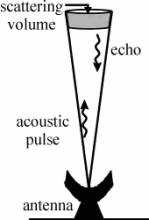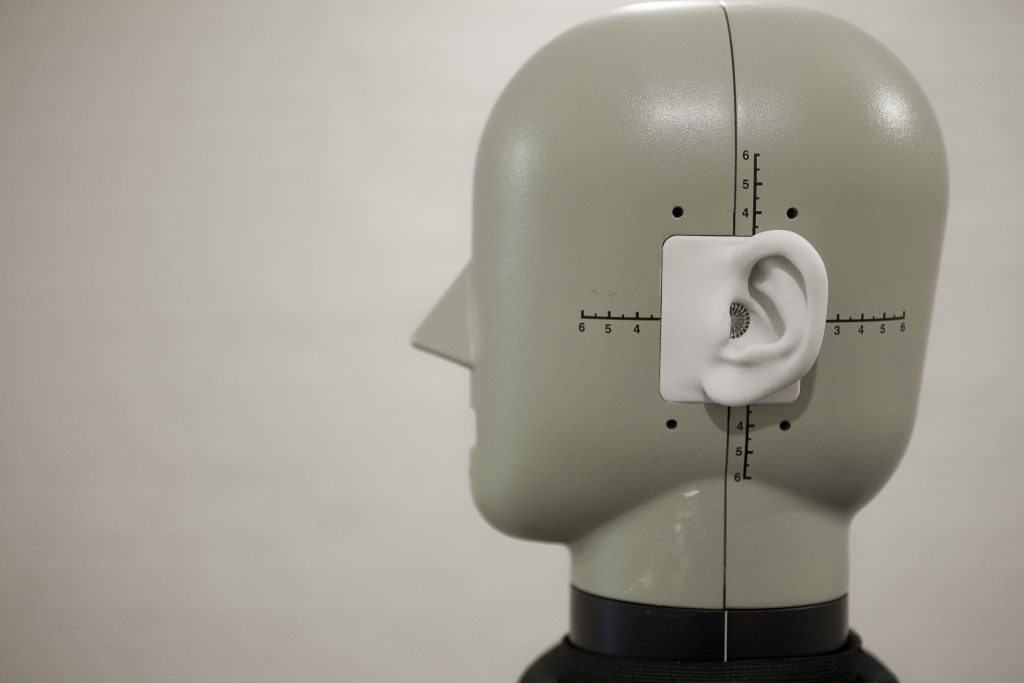Sonic Detection and Ranging SODAR
Article by Sabine von Hunerbein, The Acoustics Research Centre, The University of Salford
What is SODAR?

Sonic Detection and Ranging Systems, also called Acoustic Echo Sounders (AES), are remote sensing systems for the measurement of the wind profile and stability classes in the lower atmosphere. SODAR is deployed routinely in experiments and at monitoring sites such as at nuclear power plants. The principle of operation is to send acoustic pulses vertically and at a small angle to the vertical. These are then scattered by temperature and humidity fluctuations and gradients in the atmosphere.
The received signals are analyzed in terms of frequency shift produced by the Doppler effect. This gives the wind velocity. The scattering intensity is plotted as a function of height and time. The resulting echo-grams give patterns of the temperature structure which indicate whether the conditions are stable, unstable or neutral. Another application is to detect wave structures and inversion heights – of particular use in pollutant studies.
Re-use of material permitted provided it is clearly labeled “(c) University of Salford”.
